A potent combination of prilocaine and lidocaine, two local anesthetics that work by momentarily obstructing pain impulses at the skin’s surface, is found in Prilox Cream. The cream works fast to desensitize the skin, making it possible to face procedures—no matter how minor—much more comfortably.
Dosage and Usage:
Applying Prilox Cream is easy. All that needs to be done is thoroughly apply the cream to the skin in the region where it will be done. You may need less or more, but generally speaking, a thick layer that is between one and two mm deep should work. To improve absorption, cover the cream with an occlusive dressing (typically given by your healthcare professional or bought at pharmacies). This coating improves the cream’s efficacy and protects its moisture content.
Before the treatment, leave the cream on for around thirty to sixty minutes. The type of treatment and the body part treated may affect the precise time. If longer treatments call for a deeper numbness, you may need to give the cream up to two hours beforehand. Always adhere to the precise directions given by your medical professional or as listed in the insert included with the package.
Important Points to Remember:
Although most people and children over the age of 12 months can safely take Prilox Cream, it’s crucial to use it under a doctor’s care. Applying it to injured or irritated skin should be avoided unless a doctor tells you to do so, as greater absorption may occur and cause more negative effects.
Make sure you don’t have a reaction to lidocaine, prilocaine, or any other amide-type anesthetic before using Prilox. Talk to your doctor about your medical background, especially if you have kidney or liver illness, as these disorders may have an impact on how the cream is absorbed by your body and excreted.
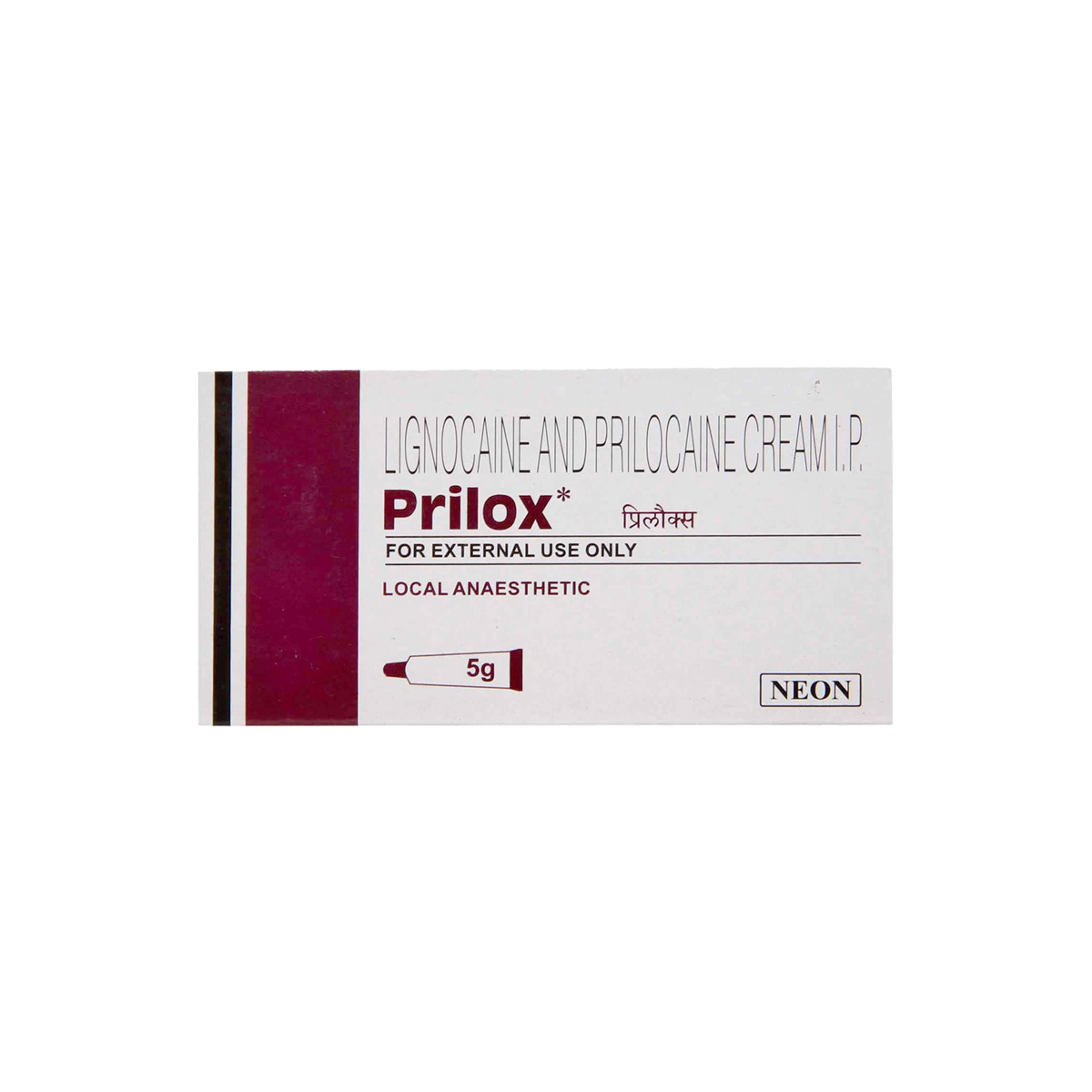


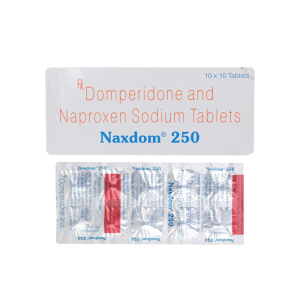
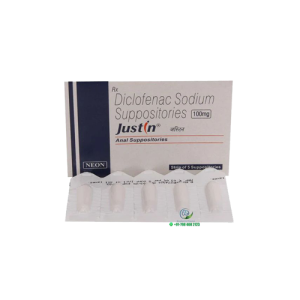
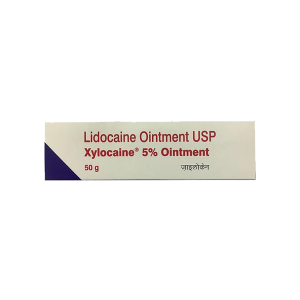
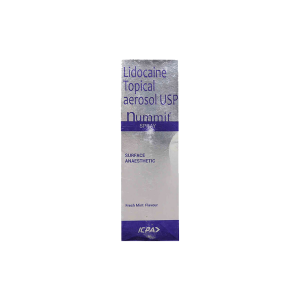
Reviews
There are no reviews yet.